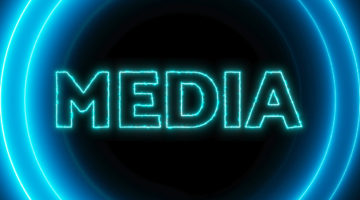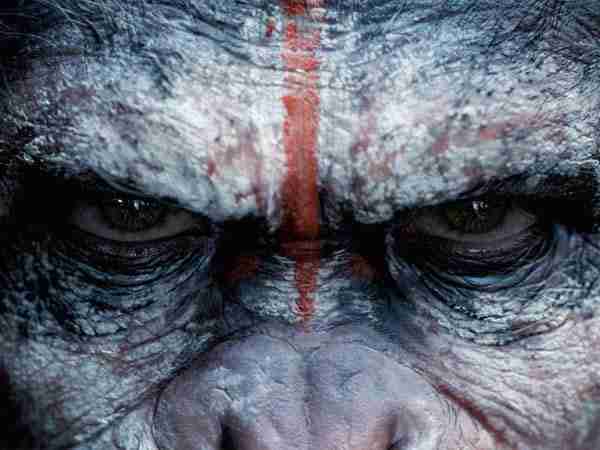Digital characters have by now long populated our movies like unwanted house guests. Some of these CGI inventions, like Gollum in The Lord of the Rings, have been pleasant, even precious company. But most have disrupted our movie worlds – and not just as monsters tearing our cities apart, but as awkward distractions to our cinematic realities. The name Jar Jar Binks will forever be followed by solemn head shaking. Never forget.
But in Dawn of the Planet of the Apes, the tables have turned, and not just because apes now rule a world where all but 1 in 500 humans have been wiped out by a so-called simian flu virus. No, the biggest uprising in the sequel to 2011’s Rise of the Planet of the Apes is by those digitally created, nonhuman characters which have finally and resoundingly come of age.
Hail Caesar.
That’s the ape played by Andy Serkis, the motion-capture maestro of creatures like Gollum and a much bigger ape, Kong. Serkis played Caesar in Rise of the Planet Apes, the surprisingly good origin story of the rebooted Apes franchise wherein chimps, injected with a serum meant to cure human brain damage, develop great intelligence.
Caesar was a fine character then, but in Dawn, he shifts to center stage.
It’s 10 years after the last film ended and Caesar is now a weary leader and firmly-rooted family man with a wife, a teenage son (Kodi Smit-McPhee) and a new baby. Who gets credit for Caesar’s deep, troubled eyes, Serkis or the effects by Joe Letteri and Dan Lemmon? Does it matter?
Looking for a dam to restore power for a colony of human survivors, a group (Jason Clarke, Keri Russell) stumbles upon the monkeys’ Muir Woods home in the Redwoods outside San Francisco. The encounter sets off panic on both sides, as the firebrands in each community – the ape Koba, played by Toby Kebbell, and his human corollary, Gary Oldman – urge their species toward battle.
To a surprising degree, Dawn of the Planet of the Apes belongs to the monkeys. In the uncommonly sure-handed fusion of computer-generated and live-action images, apes are the more fully realized, expressive characters. Given that the apes communicate in sign language and spurts of English, this may be the biggest summer movie with so many subtitles.
Whereas Pierre Boulle’s original Planet of the Apes was satirical, director Matt Reeves (Cloverfield) and screenwriters Rick Jaffa, Amanda Silver and Mark Bomback have given these Apes the grandly gloomy Dark Knight treatment, complete with an exceptional score by Michael Giacchino.
The movie feeds off a sense that, given the state of the planet, a reordering of the animal kingdom may be due. There’s a pervasive jealousy to the primates in Apes: their comfort in nature and simplicity of life. Audiences, in fact, will cheer the animals over the humans. And few will miss the gun control argument shallowly buried throughout the film. What would Charlton Heston have made of that?
But there’s also a question of putting too much gravity on an essentially absurd story. Eventually we have screaming monkeys on horseback firing automatic weapons amid roaring flames. One is tempted to lean forward and whisper, “Dawn of the Planet of the Apes, your camp is showing.”
It’s gotten to be a very familiar ploy in Hollywood to remake previously light, cheesy entertainments with well-crafted, heavy grandiosity. So if there’s a failing of Apes, it’s that it feels like yet another manufactured franchise. Talented people like Reeves and Serkis are brought in like HGTV fixer-uppers to restore mossy pop-culture properties.
But, alas, they’re very good at it.
Dawn of the Planet of the Apes, a 20th Century Fox release, is rated R by the Motion Picture Association of America for “intense sequences of sci-fi violence and action, and brief strong language.” Running time: 130 minutes.












No Comment